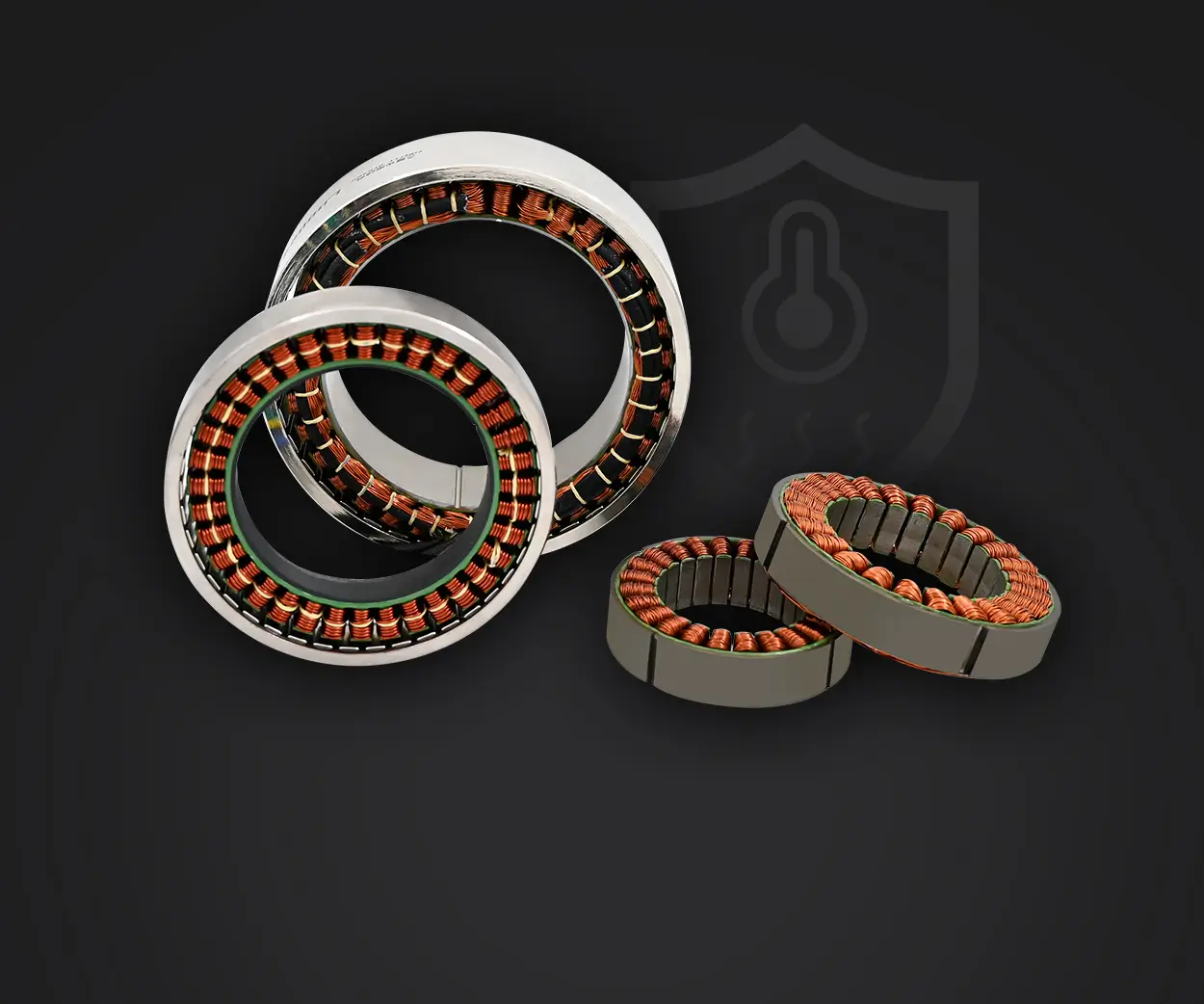When you’re building scalable and reliable systems, especially when dealing with complex microservices architectures, the Saga Design Pattern stands out as a key player. It's like the unsung hero in the world of distributed systems, making sure that everything runs smoothly, even when things go wrong.

At its core, the Saga Design Pattern helps manage long-running transactions that span across multiple microservices. If you’ve ever dealt with the headache of a multi-step process that needs to be completed across different services, you’ll know that things can easily go sideways. That’s where Saga comes in. Think of it as a set of rules or steps that ensure the process is either fully completed or properly rolled back if something goes wrong. It’s about having control, even when things are messy.
Now, imagine a scenario where you’re processing an order. The order needs to check inventory, confirm payment, update shipping details, and more—all in different systems. Without proper management, a failure in one part could mess up the entire process. The Saga pattern ensures that if one step fails, the other steps are automatically compensated, preventing things like double charges or out-of-stock issues from becoming a big problem.
In practical terms, think of it like a domino chain: if one falls, the others adjust accordingly. The beauty of this design is that it helps maintain consistency without requiring a single centralized database. Each service handles its own transaction, which keeps things modular and more scalable. If you were to attempt to manage this in a traditional, monolithic setup, the entire system would likely collapse if just one service fails. But with Saga, you get that fail-safe mechanism that keeps everything in balance.
Many businesses, especially in the tech world, find themselves in need of such a pattern. Why? Because microservices, by their very nature, are built to be independent, but that also introduces a level of complexity when they need to interact with each other. Without a Saga in place, ensuring that transactions across multiple microservices are consistent and error-free can be a nightmare. That’s where the magic happens: instead of throwing your hands up in frustration, you design with a fail-safe, making sure things stay intact even when chaos strikes.
The most amazing thing about Saga? It’s adaptable. You can break it into two main approaches: Choreography and Orchestration. Choreography is where each service knows what to do next, while Orchestration involves a central controller directing the process. Both are flexible depending on the needs of your specific application.
So why is this all relevant? Well, if you’re building an app that talks to many different services, you’ll eventually run into issues without a Saga. Even small failures can turn into big problems if you’re not careful. This design pattern helps you keep your systems running smoothly and efficiently. It's the kind of back-end safety net you want in place when you’re building something that can scale and grow over time.
A lot of people don’t realize how crucial the Saga Design Pattern is until they hit a roadblock. But once you implement it, it becomes clear just how much smoother your workflows run. For companies looking to build robust, scalable applications, the Saga pattern isn't just useful—it’s essential. It allows you to handle errors, retry failed processes, and ensure data consistency, all while keeping your systems decoupled and independent.
When building systems that need to interact across different services, having a reliable framework like Saga ensures you're not left holding the bag when something goes wrong. It's that peace of mind that makes all the difference. And at the end of the day, you want to be able to trust your system to do what it's supposed to do, even if things don’t go perfectly. And that’s exactly what the Saga Design Pattern offers: trust, reliability, and control when you need it most.
Established in 2005, Kpower has been dedicated to a professional compact motion unit manufacturer, headquartered in Dongguan, Guangdong Province, China. Leveraging innovations in modular drive technology, Kpower integrates high-performance motors, precision reducers, and multi-protocol control systems to provide efficient and customized smart drive system solutions. Kpower has delivered professional drive system solutions to over 500 enterprise clients globally with products covering various fields such as Smart Home Systems, Automatic Electronics, Robotics, Precision Agriculture, Drones, and Industrial Automation.




































